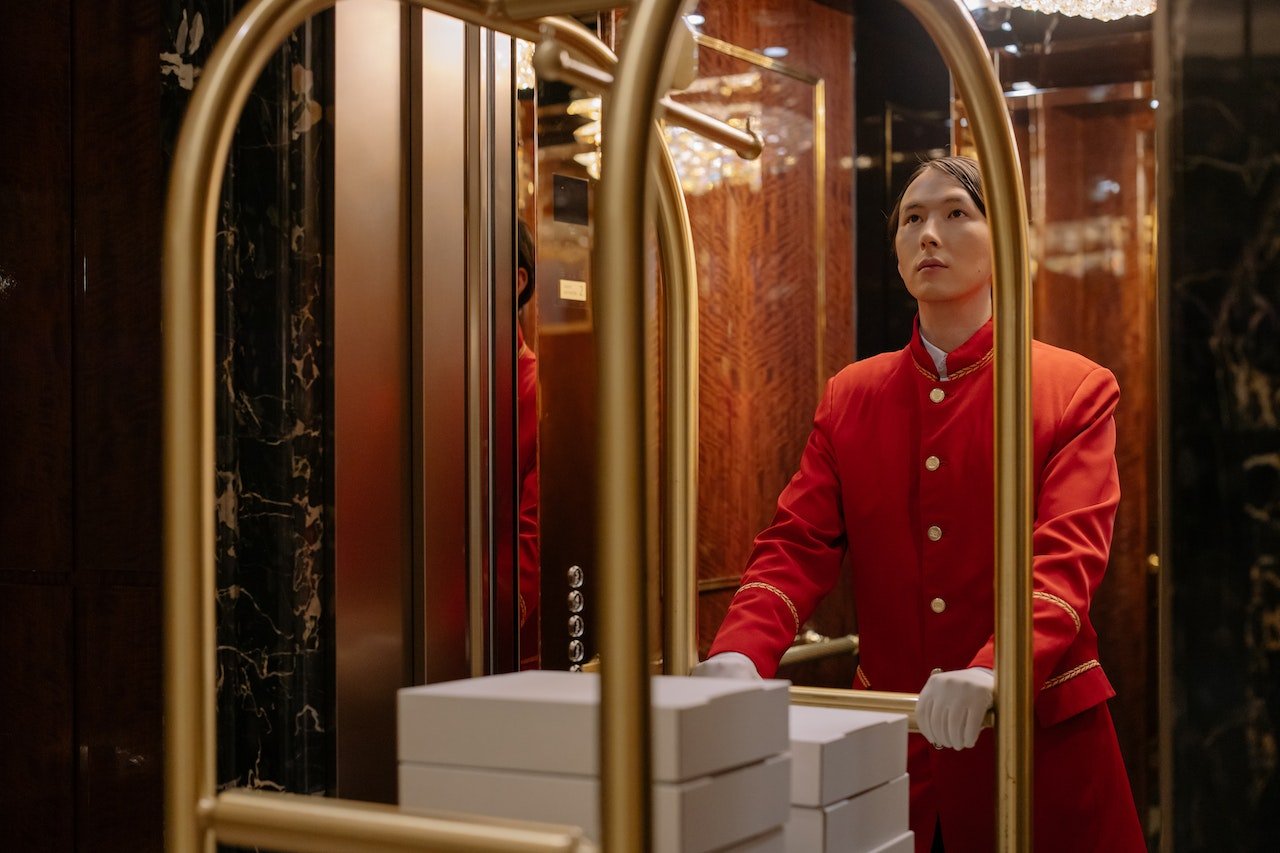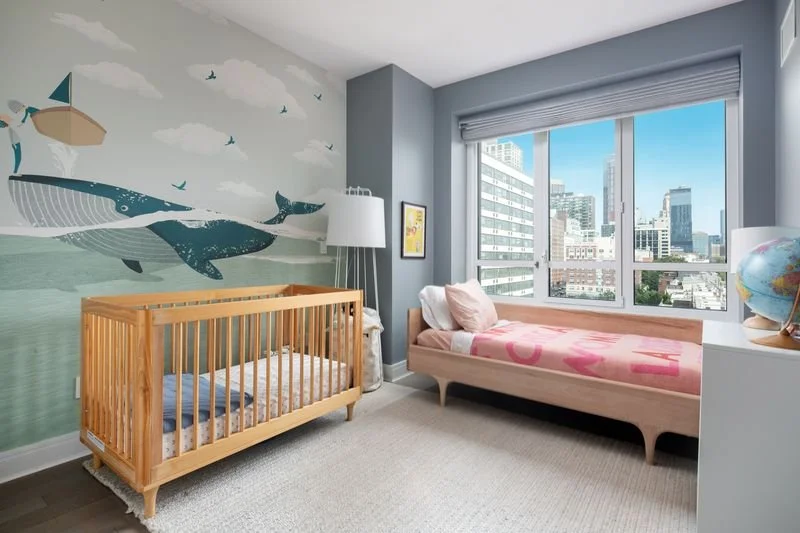A Step-by-Step Guide to Starting Your Own Pop-Up Restaurant
Have you ever dreamed of showcasing your culinary skills, exploring unique dining concepts, and creating memorable experiences for food lovers? Starting a pop-up restaurant might just be the perfect avenue for turning those dreams into reality. Here's a comprehensive guide on how to kickstart your journey in the exciting world of pop-up dining.
1. Define Your Concept
The first step in starting a pop-up restaurant is to define your concept. Consider what sets your dining experience apart. Are you focusing on a specific cuisine, a seasonal menu, a fusion of flavors, or a thematic approach? Your concept will serve as the foundation for everything that follows, from menu creation to marketing strategies.
2. Choose Your Location
Selecting the right location is crucial for a successful pop-up. Explore unconventional spaces that align with your concept, such as art galleries, rooftops, gardens, or even partnering with existing businesses during off-hours. Ensure that the venue can accommodate your kitchen setup, seating arrangements, and any unique elements you plan to incorporate.
3. Obtain Necessary Permits and Licenses
Before launching your pop-up, research and secure the required permits and licenses. These may include food handling permits, temporary event licenses, alcohol permits (if applicable), and compliance with health and safety regulations. Check with local authorities and health departments to ensure full legal compliance.
Before serving alcohol at your event, be sure to obtain the proper certifications, such as the Tennessee Server Permit, to stay compliant with local laws and ensure safe service.
4. Create a Compelling Menu
Craft a menu that reflects your concept and showcases your culinary expertise. Consider offering a balanced selection of appetizers, entrees, desserts, and beverages that cater to different dietary preferences. Highlight any unique or signature dishes that will entice diners and create buzz around your pop-up.
5. Plan Your Marketing Strategy
Promote your pop-up restaurant through effective marketing channels. Utilize social media platforms to create buzz, share tantalizing food photos, and engage with potential
customers. Collaborate with local influencers, food bloggers, and media outlets to amplify your reach. Leverage email marketing, flyers, and partnerships with other businesses to attract diners to your event.
6. Set Up Your Kitchen and Dining Space
Prepare your kitchen setup and dining space according to your concept and menu requirements. Ensure that you have all the necessary equipment, ingredients, and staffing to deliver a seamless dining experience. Pay attention to ambiance, decor, and seating arrangements to create a welcoming and immersive atmosphere for guests.
7. Execute Your Pop-Up Event
On the day of your pop-up event, focus on execution and delivering exceptional customer experiences. Coordinate with your team to ensure smooth operations in the kitchen and front of house. Be prepared to adapt to unforeseen challenges and prioritize guest satisfaction throughout the event.
8. Gather Feedback and Iterate
After your pop-up event, gather feedback from diners to learn about their experience, preferences, and suggestions for improvement. Use this valuable feedback to iterate and refine your concept, menu, and operational processes for future pop-ups. Continuously strive to elevate the quality of your offerings and enhance the overall guest experience.
9. Evaluate Success and Plan for the Future
Evaluate the success of your pop-up restaurant based on factors such as customer feedback, sales performance, media coverage, and brand visibility. Use this data to assess the viability of continuing with additional pop-ups, transitioning to a permanent location, or exploring other culinary ventures. Continuously innovate and evolve to stay relevant in the dynamic food industry.
10. Incorporate Portable Sinks for Hygiene and Flexibility
In any food-related business, hygiene is paramount, and pop-up restaurants are no exception. Installing portable sinks can significantly enhance your operations by ensuring proper sanitation, even in unconventional locations. But how do portable sinks work, and why are they essential for your pop-up? Portable sinks provide a self-contained handwashing station, equipped with fresh and wastewater tanks, allowing you to maintain cleanliness without relying on permanent plumbing. This flexibility is crucial when setting up in temporary spaces or outdoor venues, where access to running water may be limited. By incorporating portable sinks, you not only meet health and safety standards but also reassure your guests of a clean, professional dining environment.
Starting a pop-up restaurant offers a thrilling opportunity to showcase your culinarycreativity, engage with diners, and carve out a niche in the culinary landscape. Bydefining your concept, choosing the right location, obtaining necessary permits, craftinga compelling menu, implementing a robust marketing strategy, and deliveringexceptional experiences, you can launch a successful pop-up restaurant that leaves alasting impression on food enthusiasts.





